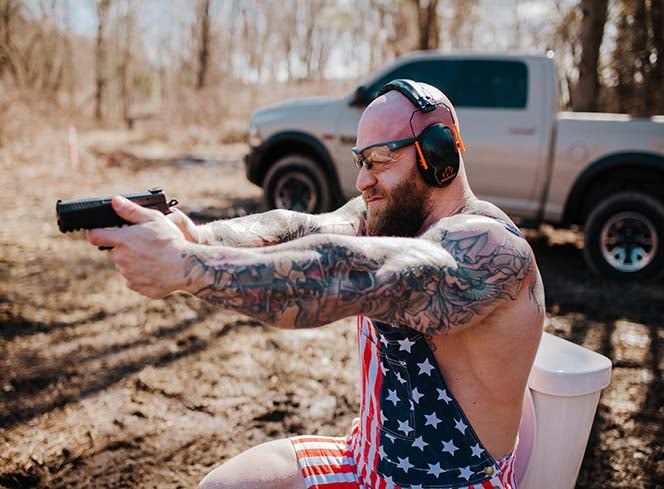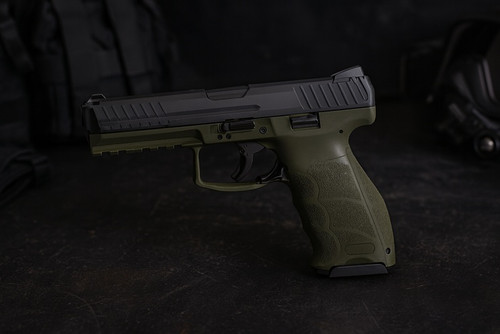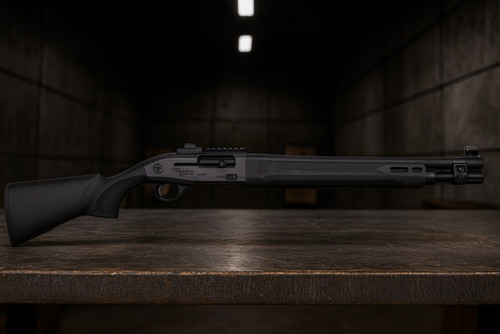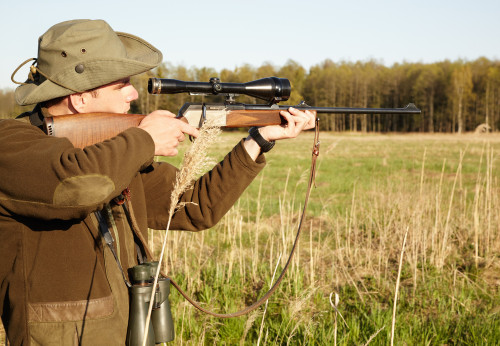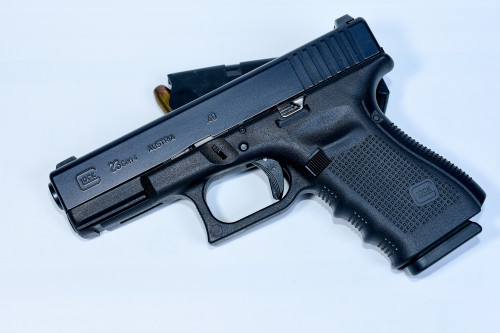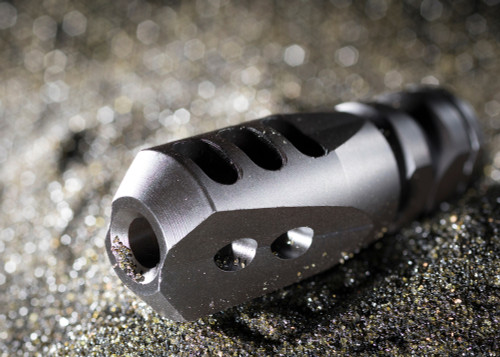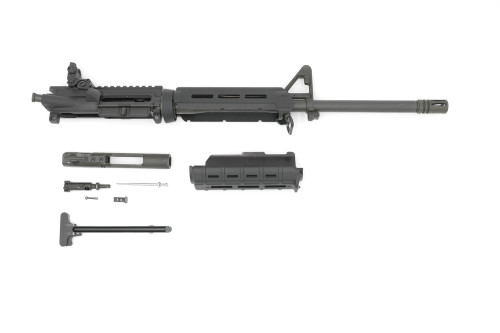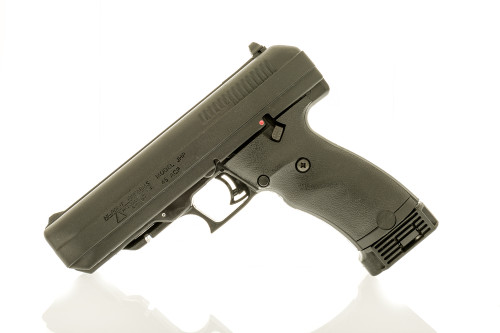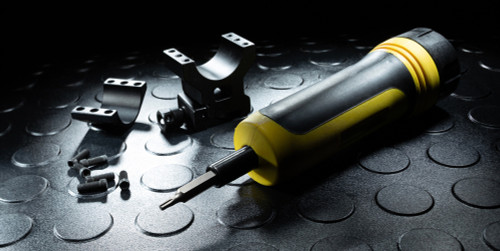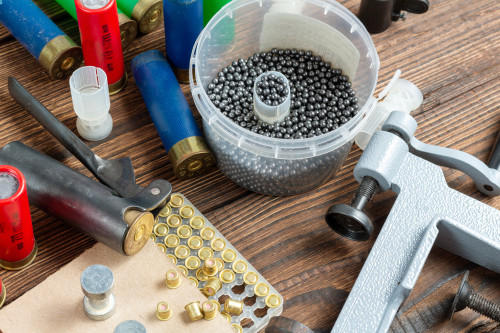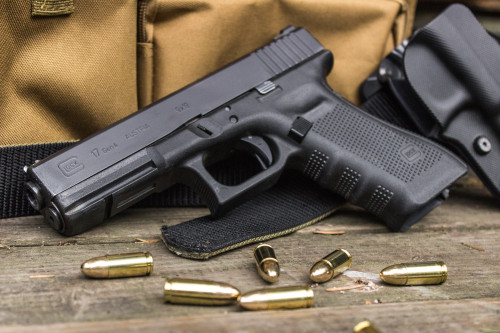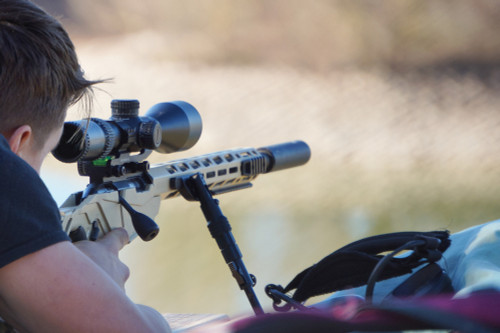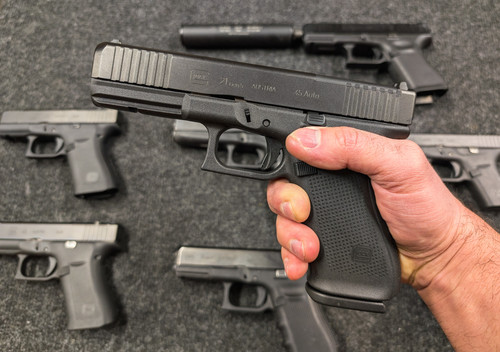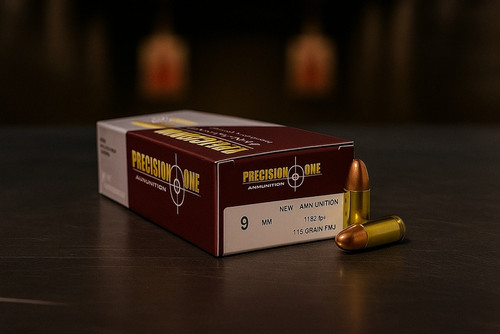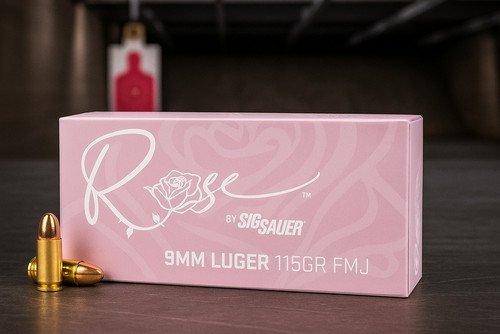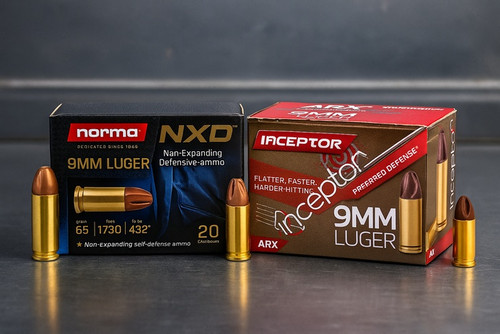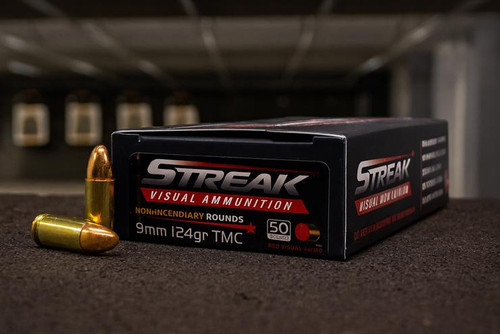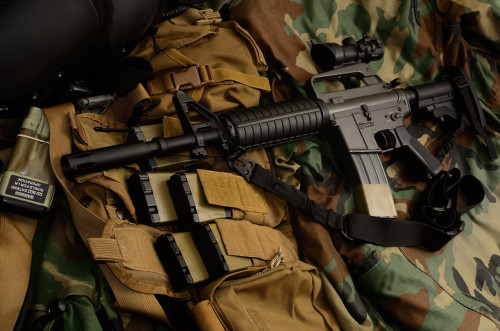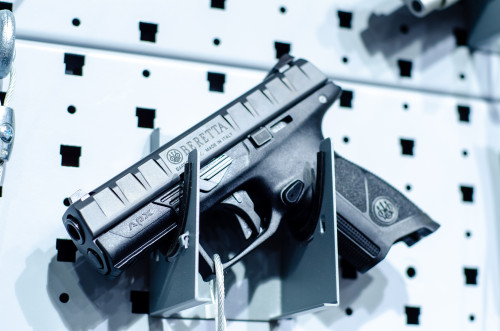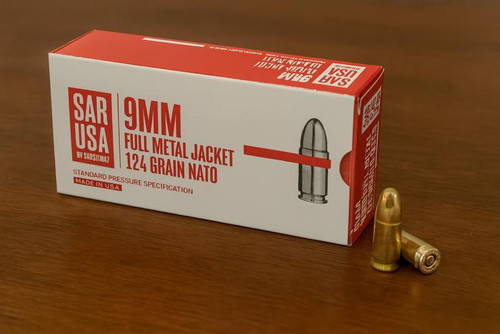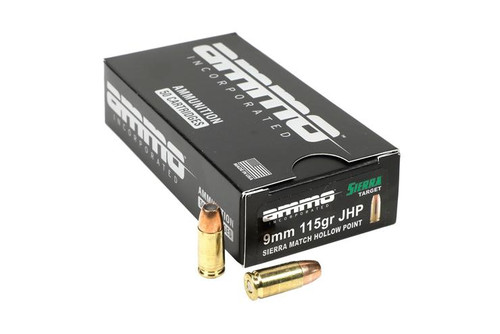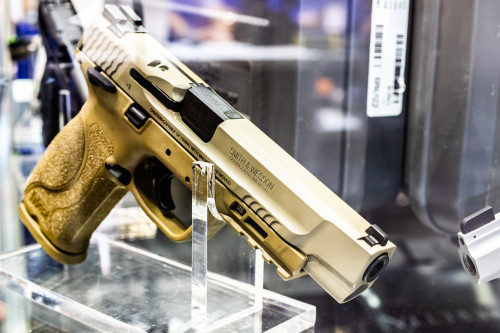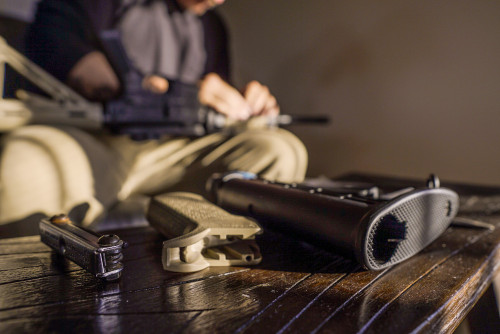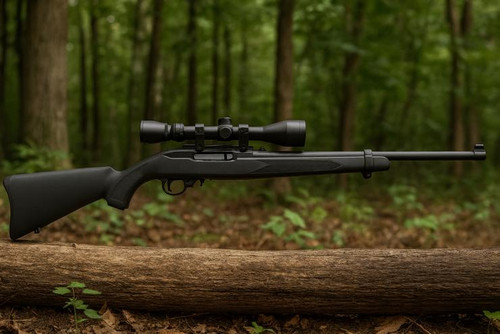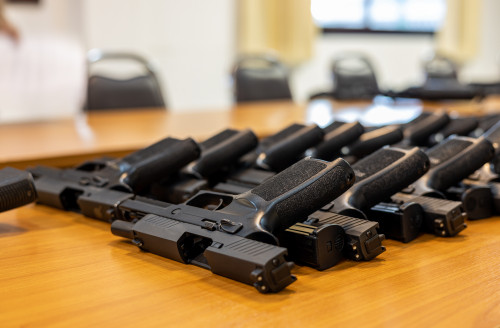Quick Answer
Guns are commonly grouped into five families: pistols (handguns), rifles, shotguns, submachine guns (SMGs), and machine guns. Pistols are designed to be fired with one hand. Rifles use rifled barrels for accuracy. Shotguns typically have smooth bores and fire shot shells or slugs. SMGs are compact shoulder-fired firearms that, in military/LE form, fire pistol cartridges with select-fire capability (civilian models are semi-automatic). Machine guns provide sustained automatic fire and are tightly regulated in the United States. Know the basics, actions, ammo, and applicable laws before you buy or train.
Key Takeaways
- Five families: pistols, rifles, shotguns, SMGs, machine guns
- "Action" = how a gun loads, fires, cycles
- Rifled vs smoothbore barrels change range and use
- SMGs use handgun ammo; machine guns sustain fire
- Always confirm current laws before purchase or use
Imagine you’re at a gun counter. Rows of options stare back. Big ones. Small ones. Long. Short. Looks can fool you. What matters is how each family works and what job it does. Let’s break the families in simple words so you can choose with confidence.
What Counts as a "Type of Gun"? (Definitions you can trust)
When talking about guns, we need to get clear on how they're grouped. Firearms can be sorted in many ways, but most experts agree on five main families: pistols, rifles, shotguns, submachine guns, and machine guns.
These families rest on size, barrel type, and ammo. A firearm is a barreled weapon that launches a projectile using an explosive charge. That separates guns from bows or air guns.
One key divider is “rifling,” the spiral grooves inside a barrel that spin the projectile for stability. Rifles and most handguns are rifled. Most shotguns have smooth bores, but some shotguns use rifled barrels or rifled choke tubes to improve slug accuracy.
Ammo matters too. Some guns use rimfire cartridges where the firing pin hits the rim. Others use centerfire where the pin strikes the center. Shotguns use shells packed with pellets or a single slug. Each type has a job and a range where it shines.
Legal rules also shape these groups. Laws define what counts, what you may own, and how you may use it. Always check the rules where you live. Laws change. Your local law is the one that counts.
Pistols (Handguns)
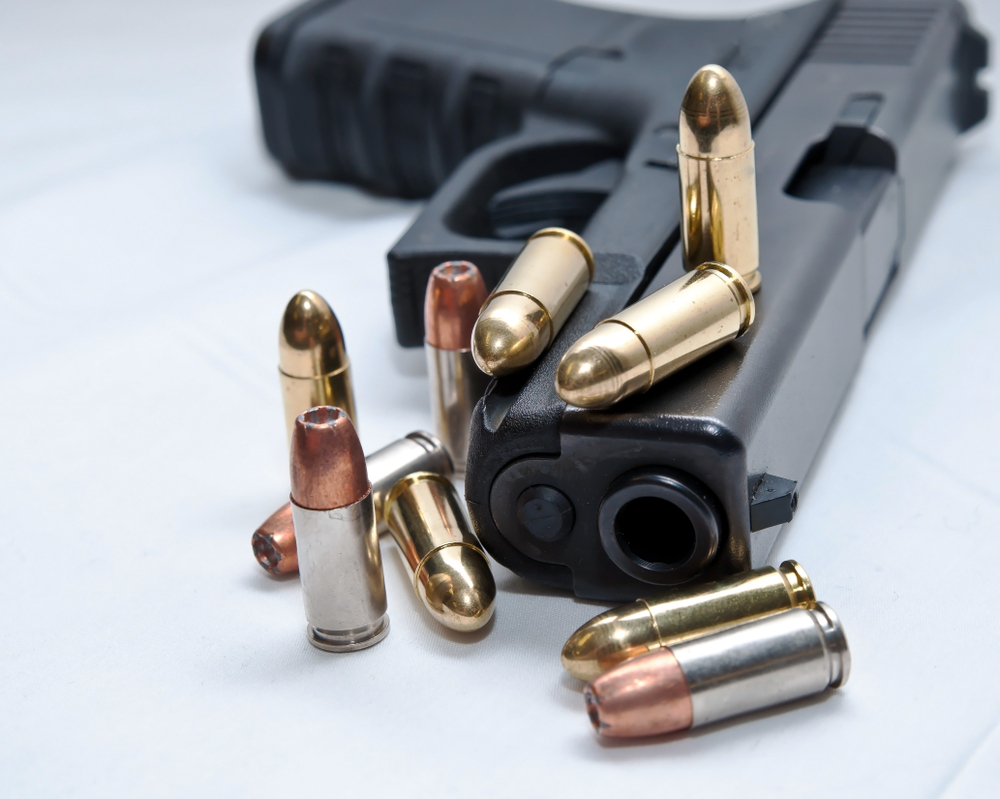
Core traits
Pistols—also called handguns—are firearms designed to be fired with one hand (most shooters use two for control). They are the smallest common firearm type with short barrels and compact overall size, which aids carry but can make longer-range accuracy harder than with shoulder-fired guns.
You could add a section on AR pistol platforms, these are usually from 7.5" to 9" on AR Pistol platforms, these are used in conjunction with the pistol braces that are offered on the market.
Handguns come in two main families: pistols and revolvers. Modern pistols feed ammo from detachable magazines. Most are semi-automatic and fire once each time you press the trigger. Revolvers use a rotating cylinder with several chambers, each holding one round.
Common actions
Pistols come in several action types. The most common today is the striker-fired semi-automatic, like the Glock family of handguns. These use a spring-loaded firing pin, called a striker, instead of a hammer.
Hammer-fired pistols include single-action, where you cock the hammer before firing. They also include double-action, where the trigger both cocks and releases the hammer. Some pistols are double-action/single-action (DA/SA). You fire the first shot in double-action, then the next shots in lighter single-action.
Revolvers also come in single-action, the classic cowboy style where you cock the hammer each time. Or double-action, where you just press the trigger.
Typical uses
People choose handguns for personal protection, concealed carry, home defense, and target practice. Law enforcement officers carry handguns as their primary sidearm. They are also common in many competitive shooting sports.
The compact size makes a pistol easy to carry. But that same small size can make accurate hits harder than with shoulder-fired guns, especially past 25 yards.
Examples
Semi-automatic pistols include classics like the Colt M1911. Modern standards like the Glock 19. Hammer-fired options like the CZ 75. Common revolvers include the Smith & Wesson Model 10 and the Colt Python.
Learn more
If you’re new to handguns, learn these basics. Proper grip: high and firm with both hands. Sight alignment: focus on the front sight. Trigger control: press straight back. Nail these basics before you care about speed.
Rifles

Core traits
A rifle is a long-barreled firearm made for accurate hits at distance. Its barrel has spiral grooves, called rifling, that spin the bullet. The spin keeps the bullet stable in flight. Like a quarterback’s spiral—it holds a straight path.
Rifles are shoulder-fired. You brace the stock into your shoulder for strong support. That gives you much more stability than a handgun. Under U.S. federal law, rifles with barrels under 16 inches or overall length under 26 inches are regulated as Short-Barreled Rifles (SBRs) and require federal registration.
Most civilian rifles fire one bullet per trigger pull. They aim for precise hits and not area fire.
Key subsets (by role)
Rifles come in many flavors based on how they operate:
Bolt-action rifles need you to work the bolt between shots. They are known for strong accuracy. Many hunters and precision shooters use them. You lift the bolt handle, pull back to eject the casing, push forward to load a new round, then lock it down.
Semi-automatic rifles eject the spent casing and load a fresh round after each shot. You still press the trigger for each shot. The AR-15 platform is America’s most popular semi-auto rifle.
Battle rifles fire full-power rifle cartridges like 7.62×51mm NATO. “Assault rifles” fire intermediate cartridges like 5.56×45mm NATO and have select-fire modes in military versions. Civilian versions are semi-auto only.
Examples
Common rifle examples include the AR-15 platform (semi-auto), AK-47/AKM variants (semi-auto civilian versions), Remington 700 (bolt action), and the Ruger 10/22 (semi-auto rimfire).
Skills
Getting good with a rifle takes practice. Key skills include proper zeroing of your sights or optics, stable shooting positions (prone, seated, standing), and recoil management. With practice, many shooters can hit targets beyond 500 yards with a good rifle.
Shotguns
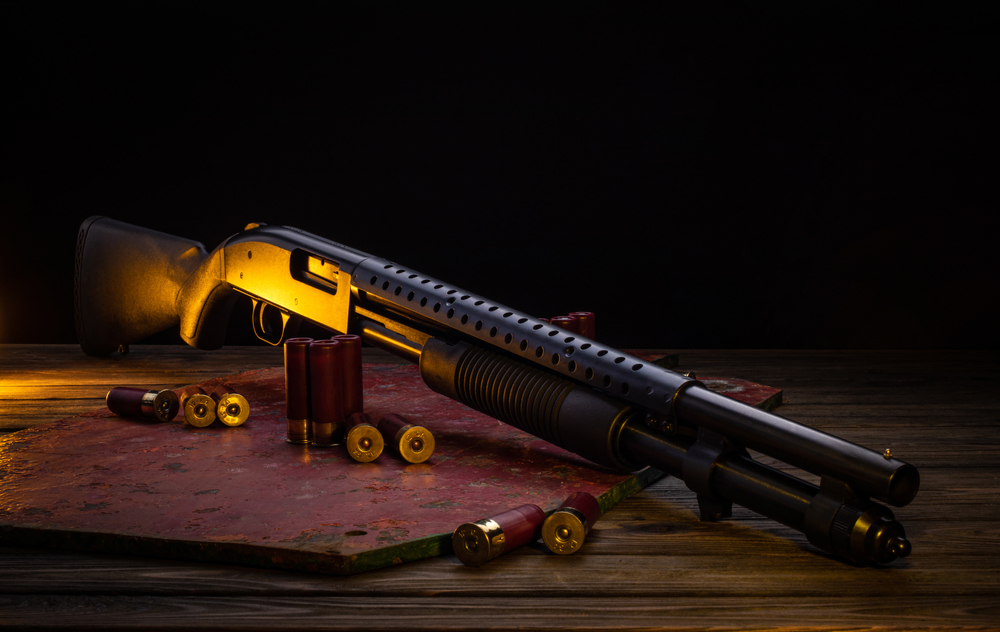
A shotgun is a long gun that most often uses a smooth, non-rifled bore to fire shells containing multiple pellets (shot) or a single slug. Some shotguns use rifled barrels or rifled choke tubes to improve slug performance.
Most shotguns are shoulder-fired. In the U.S., shotguns with barrels under 18 inches or overall length under 26 inches are regulated as Short-Barreled Shotguns (SBSs) and require federal registration.
Actions
Pump-action models use a sliding forearm to eject the shell and load the next round. That motion makes the classic ka-chunk sound you hear in movies. They run simple, take a beating, and often cost less than semi-autos.
Semi-automatic shotguns use gas or recoil to cycle the action. You get faster follow-up shots. But they can be more complex and a bit picky about ammo.
Break-action shotguns hinge open for easy loading and unloading. You’ll see single-barrel, side-by-side, and over-under layouts. Clean, direct, and fast to make it safe.
Ammo selection
Shotguns are incredibly flexible because of their ammo options:
- Birdshot contains many small pellets ideal for birds and clay targets.
- Buckshot has fewer, larger pellets designed for larger game and defensive use.
- Slugs are single, solid projectiles that can be accurately fired at longer ranges.
Shotguns also use "chokes" – constrictions at the muzzle end that control how quickly the shot pattern spreads.
Effective range depends heavily on load and choke. Birdshot is typically used inside a few dozen yards for small game and clays. Buckshot patterns are commonly managed within roughly 25–40 yards. Slugs—especially from rifled barrels—can be accurate beyond 100 yards. Always pattern or zero your specific gun and load.
Tight chokes keep patterns together longer for distant targets.
Examples
Popular shotguns include the Mossberg 500/590 (pump), Remington 870 (pump), and Benelli M2 (semi-auto).
Uses
Shotguns excel at hunting birds and small game, clay target sports (trap, skeet, sporting clays), home defense, and certain law enforcement/military roles. The spread pattern makes them more forgiving of slight aiming errors at close range.
Submachine Guns (SMGs)
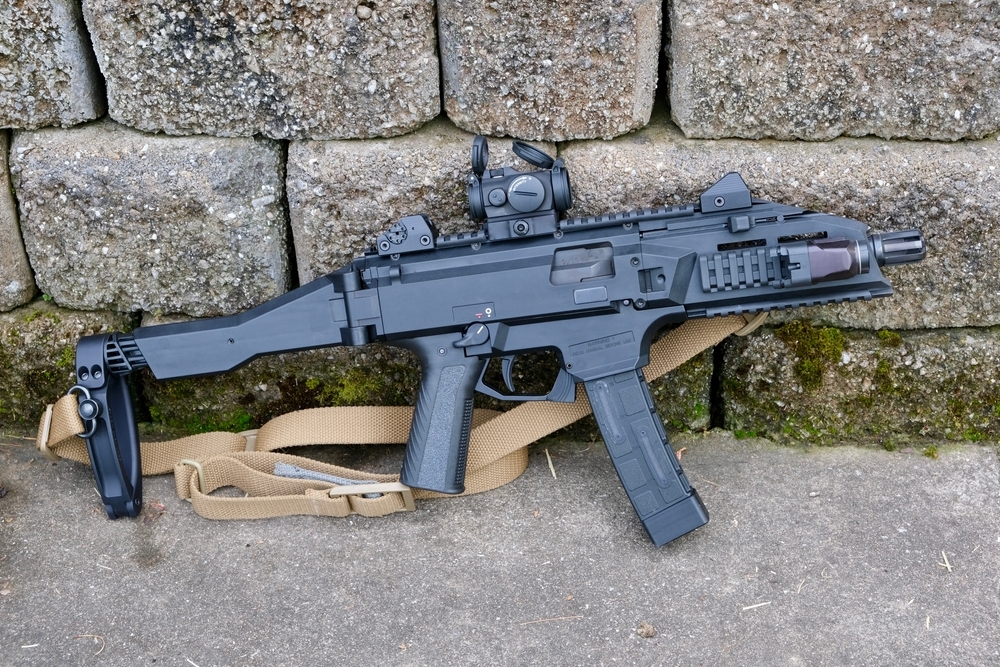
Core traits
A submachine gun is a compact, shoulder-fired firearm that in military and law-enforcement form is select-fire and chambered for pistol cartridges. In the U.S. civilian market, analogous platforms are usually semi-automatic pistol-caliber carbines that resemble SMGs but fire one round per trigger pull. You can view it as a bridge between pistols and rifles. Pistol ammo, larger platform, shoulder-fired control.
John T. Thompson coined the term submachine gun for a gun with less power than a true machine gun. Machine guns run rifle cartridges. SMGs run pistol ammo, so they needed a separate lane.
SMGs stay compact and light, with softer recoil due to pistol ammunition. Many offer selective fire with semi-auto and full-auto. Civilian models in the United States are semi-auto only.
Examples
Famous names include the Heckler & Koch MP5, Uzi, and the Thompson submachine gun, the Tommy Gun. Newer picks include the SIG MPX.
Role
SMGs shine in close quarters. Tight rooms, hallways, vehicles. The small size helps you move fast and keep the muzzle on target. You’ll often see them with special forces, SWAT teams, and protective details.
Pistol ammo brings gentle recoil in automatic fire, so control feels easier than a rifle on full-auto. The trade-off is range and power. Rifle cartridges hit harder and reach farther.
For most civilian owners in the United States, only semi-automatic versions are legal without special permits.
Machine Guns
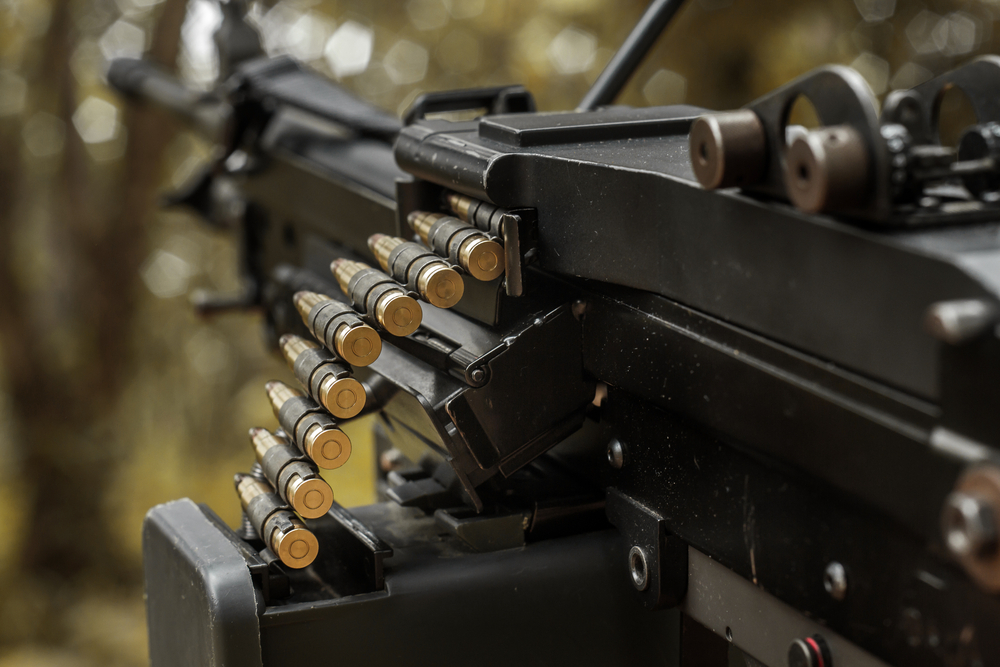
Core traits
A machine gun is a fully automatic firearm designed for sustained fire. By U.S. legal definition, it is any firearm that fires more than one shot with a single function of the trigger. Machine guns can be in various calibers and may feed from belts or magazines; many incorporate quick-change barrels or other features to manage heat.
Machine guns are classified by weight and role:
- Light machine guns (LMGs) can be carried and operated by one person, though often with assistance.
- Medium machine guns (MMGs) are heavier and usually require a small crew.
- Heavy machine guns (HMGs) fire large-caliber rounds and need a stable mount.
Examples
Common machine guns include the M249 SAW (light), M240/FN MAG (medium), and the legendary M2 .50 caliber (heavy).
Role
Machine guns lay down suppressive fire. They pin the other side so friendly teams can move. They guard fixed sites, push with infantry, and ride on vehicles or aircraft.
In the United States, machine guns are tightly regulated. Civilian transfer or possession of machine guns manufactured after 1986 is prohibited. Transferable pre-1986 examples require federal registration and tax, extensive background checks, and compliance with state law.
Actions Explained (Use as a quick reference)
The "action" of a firearm refers to how it loads, fires, and ejects cartridges. Let's break down the main types:
Manual actions
Bolt-action: Uses a manually operated bolt to load and eject rounds. Favored for precision rifles due to their simplicity and rigidity.
Lever-action: Uses a lever near the trigger guard. Cycling the lever ejects the spent case and loads a fresh round. Think cowboy rifles.
Pump-action: Popular in shotguns. The forearm slides back and forth to cycle the action.
Break-action: The barrel hinges away from the receiver for loading. Common in double-barrel shotguns and some single-shot rifles.
Self-loading
Semi-automatic: The firearm uses energy from the fired round to eject the spent case and chamber a new round; it fires one round per distinct trigger pull.
Fully automatic: Continues to fire as long as the trigger is held and ammunition remains. Heavily regulated for civilian ownership.
Burst fire: Fires a preset number of rounds (usually 2-3) with a single trigger pull.
Selective fire: Allows the user to switch between semi-auto, burst, and/or full-auto modes. Mostly restricted to military and law enforcement.
Ammo, Range, and Use-Case Matching
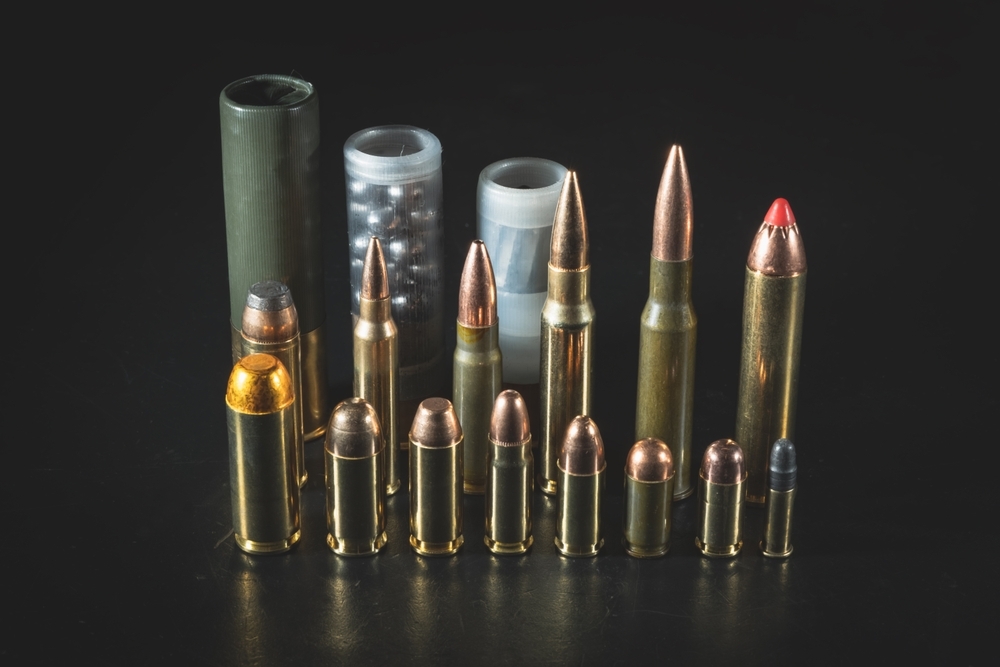
Matching your firearm to your needs means picking the right ammo and understanding effective range limitations.
Handgun calibers like 9mm, .45 ACP, and .38 Special are well-suited to personal defense and training; for most shooters, practical accuracy is typically inside 25–50 yards, and real-world results remain heavily shooter-dependent and load-dependent.
Rifle cartridges come in many flavors. Intermediate cartridges like 5.56×45mm NATO balance power and controllability. Full-power cartridges like .308 Winchester/7.62×51mm NATO offer better long-range performance but with more recoil.
Shotgun shells vary by gauge and payload. Birdshot patterns spread quickly and are used at close ranges for clays and small game. Buckshot is intended for larger game or defense and is commonly patterned for roughly 25–40 yards. Slugs can provide accurate hits at 100+ yards, particularly from rifled barrels or with appropriate sights, though all of these ranges are still very shooter-dependent and load-dependent.
When building your first firearm setup, many instructors recommend starting with a handgun for personal/home defense and a .22LR rifle for affordable practice. Add a shotgun or center-fire rifle as your skills and needs grow.
One Simple Comparison Table
| Family | Typical Ammo | Effective Range | Primary Use | Example Models |
|---|---|---|---|---|
| Pistols | 9mm, .45 ACP | 0–50 m | CCW, duty, training | CZ-75, Glock 19 |
| Rifles | 5.56, 7.62 | 0–500+ m | Defense, sport, hunting | AR-15, AK-47 |
| Shotguns | Bird / Buck / Slug | 0–75 m | Defense, hunting, clays | Benelli M2, 590S |
| SMGs | 9mm, .45 ACP | 0–100 m | CQB, protection | MP5, Uzi |
| Machine Guns | 5.56, 7.62, .50 | 100–1000+ m | Suppression | M249, M240, M2 |
Legal Basics and Definitions (High-level, verify locally)
Firearms laws vary widely by country and even within regions of the same country. In the United States, federal law creates baseline restrictions, but states and municipalities can add their own rules.
Key legal distinctions often hinge on:
Barrel length: In the U.S., rifles with barrels under 16 inches and shotguns under 18 inches fall under federal NFA rules.
Overall length: Firearms under 26 inches overall length may be further regulated depending on configuration.
Action type: Fully automatic firearms face the strictest regulations; U.S. law defines a machine gun as any firearm that fires more than one shot with a single function of the trigger.
Features: Some jurisdictions restrict firearms based on specific features like pistol grips, detachable magazines, or flash hiders.
Always research current laws before purchasing, transporting, or using any firearm. Laws change, and online information can become outdated.
Training Path: From First Shots to Competent Use
Becoming proficient with firearms follows a natural progression:
Start with safety fundamentals. Learn and practice the four universal safety rules:
- Treat all guns as loaded
- Never point at anything you don't want to destroy
- Keep your finger off the trigger until ready to fire
- Know your target and what's beyond it
Next, master handling: loading, unloading, and clearing malfunctions. Move slowly and consistently. Build identical, repeatable reps.
Then work on shooting fundamentals: stance, grip, sight alignment, breathing, and trigger control. These basics carry across every firearm type. Nail them now, and you build skill fast.
Once comfortable with basics, practice defensive skills if that's your goal: drawing from concealment, moving and shooting, using cover, and keeping awareness high. Add one skill at a time. Build smooth habits.
Supplement live fire with dry practice at home with an empty firearm and no ammunition present. Short daily reps help more than rare long sessions.
Consider taking classes from qualified instructors. A good coach spots small errors and gives clear fixes. No article can replace hands-on training.
Recommended Starter Examples
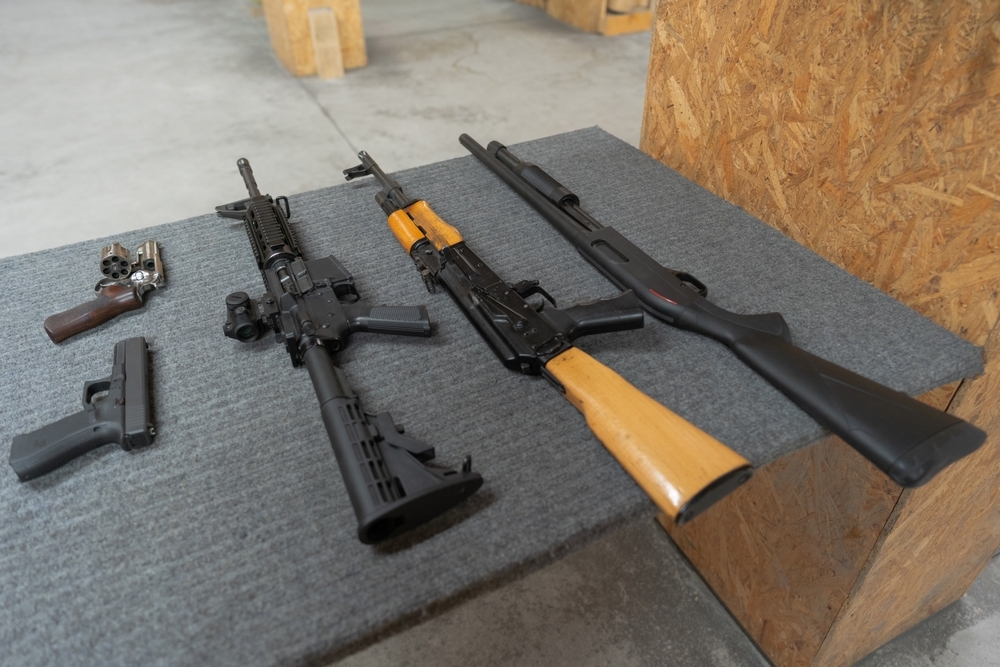
For home defense, many instructors favor a reliable 9mm handgun, a semi-automatic 12-gauge, or a familiar AR-15-pattern rifle—provided you have training and safe storage. For learning and low-cost practice, .22 LR firearms are excellent due to low recoil and inexpensive ammunition.
For learning and practice, .22 LR firearms offer low recoil and affordable ammunition. The Ruger 10/22 rifle and Ruger MK series pistols are popular choices.
For competitions like 3-gun matches, competitors often use an AR-15 rifle, 9mm semi-auto pistol, and a semi-auto shotgun like the Benelli M2.
Remember that the "best" gun is the one you can use effectively. A simple firearm you train with regularly beats an expensive one that stays in the safe.
Conclusion
The five main firearm families—pistols, rifles, shotguns, SMGs, and machine guns—each serve different purposes with unique strengths and limitations. Your needs, training level, and local laws should guide your choices.
Beyond the hardware, focus on training and safety. A modest firearm in trained hands is far more effective than the fanciest gun with an unskilled user. Take classes, practice regularly, and always follow safety protocols.
Firearms ownership brings serious responsibilities. Know your local laws, store your guns securely, and continue your education. The learning never stops.
As we break down the major types of firearms and what each one excels at, it’s helpful to look at how these categories perform in the real world. For a deeper breakdown of which guns work best for personal and home safety, see our guide on the Best Home Defense Guns.
Frequently Asked Questions (FAQs)
What are the main types of guns?
The five main types are pistols (handguns), rifles, shotguns, submachine guns (SMGs), and machine guns. Each has distinct characteristics and uses.
Is a submachine gun a rifle?
No. A submachine gun fires pistol ammunition from a shoulder-fired platform. Rifles fire rifle cartridges and have rifled barrels.
What's the difference between a shotgun and a rifle?
Rifles have rifled barrels and fire single projectiles (bullets). Most shotguns have smooth bores and fire shells with multiple pellets (shot) or a single slug; some shotguns use rifled barrels or rifled choke tubes for improved slug accuracy.
What does "semi-automatic" mean?
A semi-automatic firearm fires one round each time the trigger is pulled, automatically ejecting the spent case and loading a fresh round.
How do laws define a machine gun?
In the United States, a machine gun is any firearm that fires more than one shot with a single function of the trigger.
What ammo should a new shooter start with?
Many instructors start new shooters on .22 LR. It has light recoil, lower noise, and low-cost ammo, which is ideal for learning the basics.
About the Author
This article was written by the ProArmory writing team using current research, field notes, and recognized references. Sources include the Journal of Military Science, Firearms News, and the National Shooting Sports Foundation. We also used official guidance from defense publications and respected firearm authorities such as the ATF, NRA, and manufacturer manuals.
Disclaimer: This blog is for education only. Laws vary by state and city and can change. Follow safe handling at all times. Read and follow your owner’s manual. Verify and comply with local laws before you purchase, transport, or train.




 Pro Armory Editorial Team
Pro Armory Editorial Team